A Voyage to the Future: Ambition, Responsibility, and Wisdom
(extracted from speech by Academia Sinica President James Liao at International Scientific Leaders’ Forum on November 12, 2018)
President Tsai, distinguished guests, ladies and gentlemen, Welcome to Academia Sinica! Thank you so much for joining us in celebrating our 90th anniversary!
Looking Back
Academia Sinica was established in China in 1928, when the ROC government still ruled the Mainland. Over the past nine decades, we have experienced all sorts of changes. When Academia Sinica was reestablished in Taipei 60 years ago after the Second World War, we started with only a few small buildings. Now our Main Campus has 38 hectares of land, with more than 40 modern buildings. Apart from the Main Campus, we recently established the National Biotechnology Research Park, where many offices from industry, government, and academy operate. We hope that this Park may become the central hub of biopharmaceutical research and startups in Taiwan. We are also building our Southern Campus near the city of Tainan. Research at this new campus will focus on three areas: Agricultural Biotechnology, Sustainability and Circular Economy, and Taiwanese Culture and History.
Academia Sinica currently has 31 research institutes and research centers, organized into three divisions: Math and Physical Sciences, Life Sciences, and Humanities and Social Sciences. Academia Sinica has close to 9,000 dedicated employees, with 882 faculty members and 94 research specialists. We are also helping to train over 5,000 research assistants, graduate and doctoral students plus over 1,000 postdoctoral fellows.
In addition, we have an honor society whose members we called Academicians. We are proud to have a total of 289 Academicians, including 6 Nobel Laureates. We also have 14 honorary Academicians, and it is our pleasure to host Dr. Daniel Mote, Dean of the National Academy of Engineering in the United States, who is joining us for this celebration.
Academia Sinica’s missions are to advance research in the humanities and sciences, promote and facilitate scholarly research, and cultivate outstanding academic talent. Apart from the goals mentioned above, we are dedicated to helping our nation establish a national research infrastructure. One example is the Taiwan Biobank, which is to collect 200,000 community biosamples and 100,000 hospital samples. We also established the Center for Digital Cultures to provide open data for conducting innovative projects and stimulating other applications. In terms of social responsibility and outreach, we regularly publish white papers containing policy recommendations, and offer popular science platforms through social media and public seminars.
During the past few decades, our Academicians and researchers have contributed significantly to the resolution of various public health issues. For example, we helped set up arsenic standards to control Blackfoot disease, and also convinced the government to initiate a hepatitis B vaccination program that has greatly reduced the hepatitis B carrier rate and incidences of liver cancer. In 2003, we helped combat the SARS epidemic in Taiwan. More recently, we have identified genes associated with adverse drug reactions in patients with Stevens-Johnson Syndrome, thereby making customized treatment safe and effective; we also designed an effective HIV vaccine plus carbohydrate-based cancer vaccines. Another breakthrough has been to devise a new method for determining the mechanism of polar ozone depletion, which can help resolve the debate over the causes of both ozone depletion and increases in related cancer rates.
We have also made major achievements in astronomy. Academia Sinica is deeply involved in ALMA (the Atacama Large Millimeter Array) in Chile, the largest ground-based astronomical telescope on our planet. We also participated in the construction of the Greenland Telescope (GLT). These efforts can help us better understand the formation and fate of planets and stars.
In the humanities and social sciences, we maintain our place at the forefront of Sinological research. We have published a 10-volume series entitled New Perspectives on Chinese History, and organized the Fourth International Conference on Sinology in 2012. The results of that event spanned 22 edited volumes on topics treating new breakthroughs in that field. Furthermore, at one archeological site near Tainan, our researchers unearthed the remains of cultivated rice, showing that agriculture in Taiwan started at least 5,000 years ago. This is one example of how our research has contributed to the understanding of our nation’s history.
Looking ahead
As we mark the celebration of our 90th anniversary, it seems appropriate to consider how we might work to perfect our academic excellence. I would like to share three words with our colleagues, in the hope that they can serve as guidance for our future research strategies and directions: Ambition, Responsibility, and Wisdom. As our nation’s leading academic institution, it is our duty to face the future with greater ambition and displaying a sense of responsibility and wisdom, while not hesitating to dare and solve major problems in science and the humanities. Moreover, we should accept the responsibility to advise and work with our society. Finally, we should be wise enough to guide and execute plans effectively.
Although doing research requires a great deal of time and effort plus a down-to-earth attitude, without a grand vision researchers would be aimless, passionless, constrained, and even vulnerable to the inevitable frustrations that accompany the pursuit of excellence. To avoid being trapped in such dilemmas, our research should be designed to resolve major problems in science and society. Regardless of whether it be curiosity-driven or mission-oriented, we need to cultivate courage and break through existing structures. In addition, researchers need to have expectations for themselves to become leaders in their fields. We shouldn’t fixate on a rigid distinction between basic and applied research, as the former will eventually turn into timeless applications. For instance, discoveries made in quantum mechanics and molecular biology now appear in information and communications technology as well as biomedicine, while almost all great breakthroughs in modern technology derive from discoveries in basic research. In other words, knowing the limits of state-of-the-art technology and factual hindrances can help motivate researchers to break new ground in basic research.
Guided by a grand vision, researchers are encouraged to step out of their comfort zones to head towards new frontiers of knowledge by spotting the key points of questions we are asking. That way, we can be like the person in this slide, concentrating on how to get to the other side of the cliff, which symbolizes how we can make breakthroughs by thinking outside the box. Meanwhile, living in a global era requires us to heed differences between cultures and regions when choosing ways to solve problems; therefore, we need to always have a bigger picture in mind.

So, what are the most important problems facing scholars in science and the humanities? Here, allow me to list just two of the world’s most pressing needs: How to control climate change, and how to achieve a long and healthy life in aging societies. Other questions like “What is memory?” and “What is consciousness?” represent two curiosity-driven problems, concerning not just how the brain works but also how society deals with collective memory and consciousness. As for the question of “How does life deal with stress?”, this problem probably resonates with everyone on earth, ranging from biologists and economists to the general public. Finally, “How does the past connect to the present and predict the future?” is a question that can be asked from the molecular level all the way to our vast universe. If we consider problems on this scale, our research projects may take on totally different meanings; we can also seek inspiration from different perspectives and other fields, or even apply what we have observed from them to our work. Such problems cannot be resolved immediately, but the processes of solving them can be inspiring in how to deal with long-term issues and achieve new advances. Academia Sinica’s three Divisions feature a wide range of talents, and this is an ideal combination for problem-solving.

When doing research, we should not forget our responsibilities. To whom are we responsible? First, we should be responsible to the academic community, our peers. Our duty is to abide by scientific standards and maintain scientific integrity. Second, we need to be responsible to our society. Since we are publicly funded, we bear the tasks of providing information, inspiring action, and training new talent. Third, as we live in a global community, our research should take sustainability into account, in order to benefit not just ourselves but all humankind.
Most importantly, we should have the wisdom to select important problems that are suitable for us to work on, and set up feasible plans for executing our research efforts. We should focus on true values and real contributions instead of numbers of published papers or impact factors. Here I’d like to emphasize once again that we value quality over quantity; at Academia Sinica, it is the meaningfulness of our contributions that truly matters. Finally, we should work both effectively and interactively. Interaction is essential for harnessing collective wisdom.
Conclusions
During the past few decades, the scientific community has evolved from a largely isolated ivory tower to one responding to calls from society with extensive collaboration. Our academy should also evolve from a conglomerate of institutes to an organization like a smart orchestra of science, which composes music, motivates performers, and inspires different audiences using the sounds of science. In this orchestra, everyone plays different roles, and each player is self-motivated.

As we journey into the future towards our centennial decade, we should bear in mind that it is our responsibility to resolve the problems of our generation and pass the land to the next generation as we inherited it. We also have a duty to leave a legacy of knowledge for our children and future generations to come. Thank you.
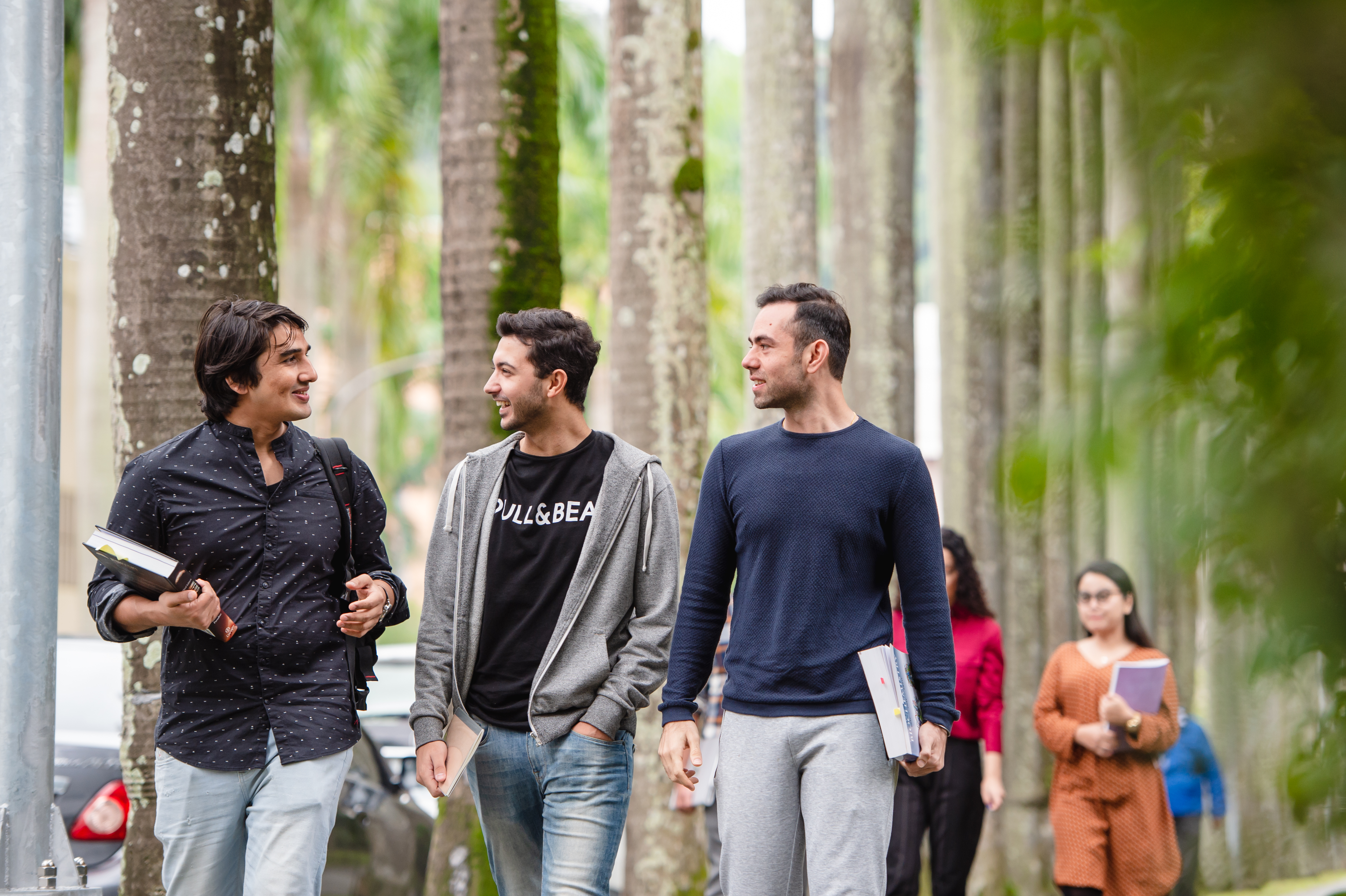
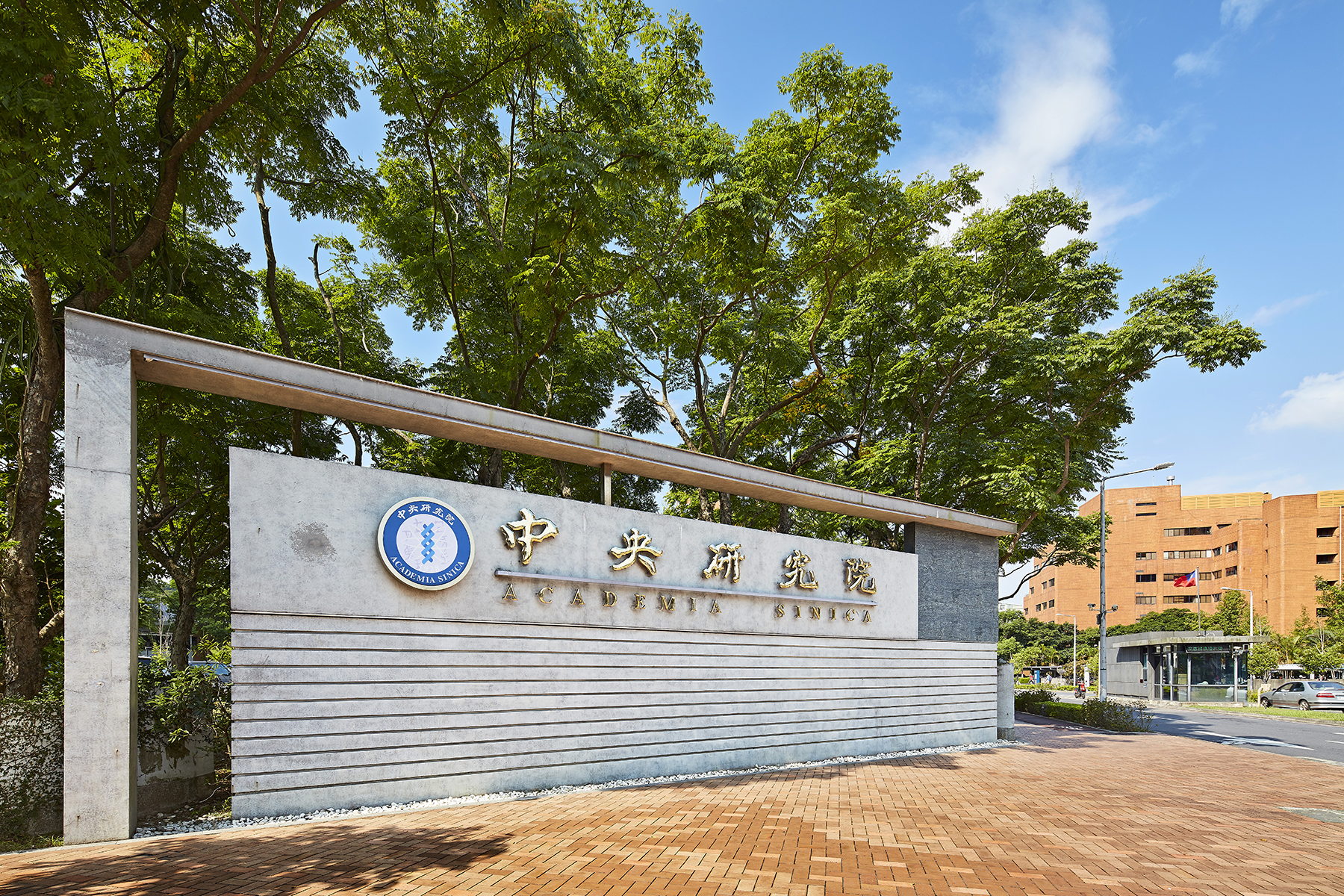

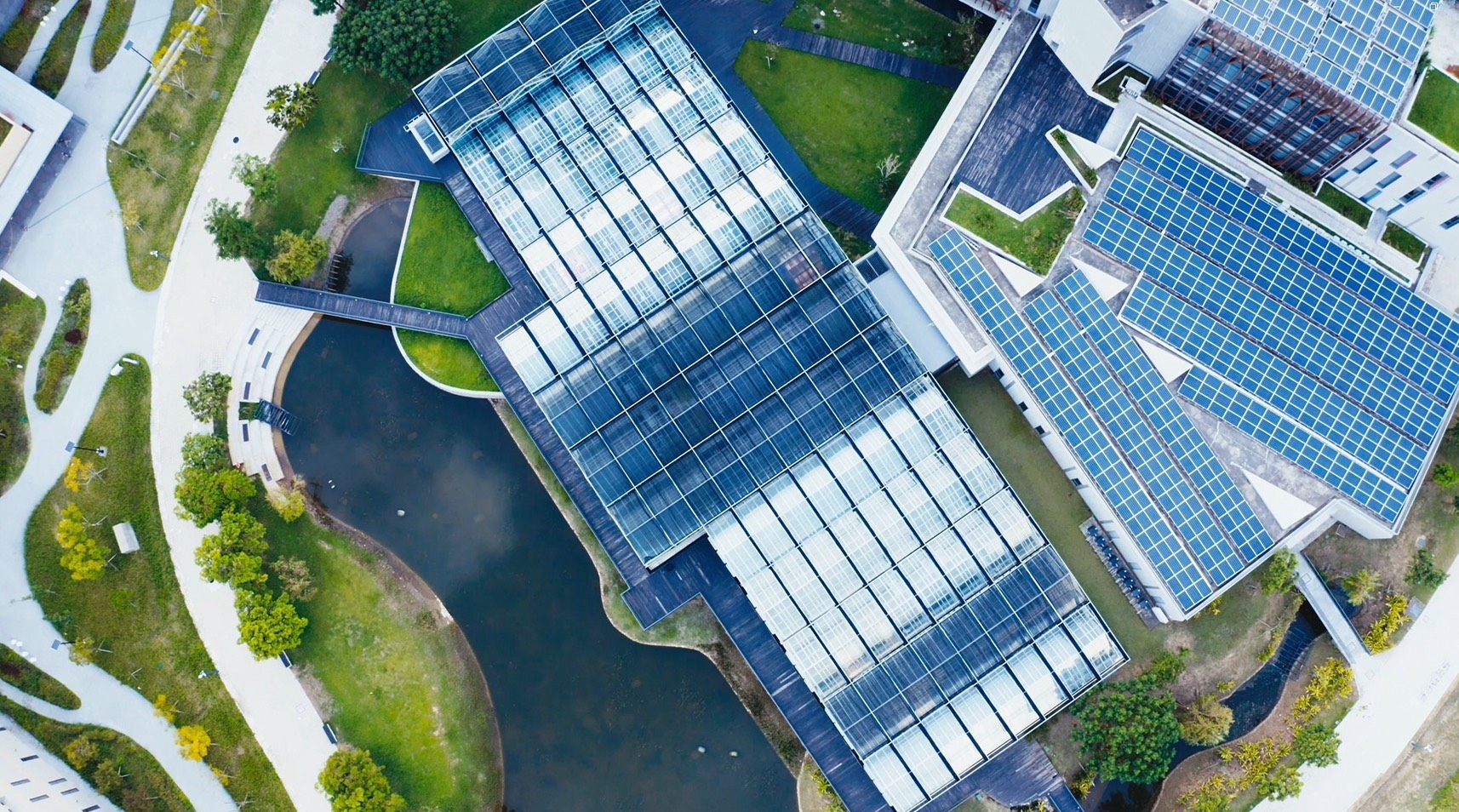
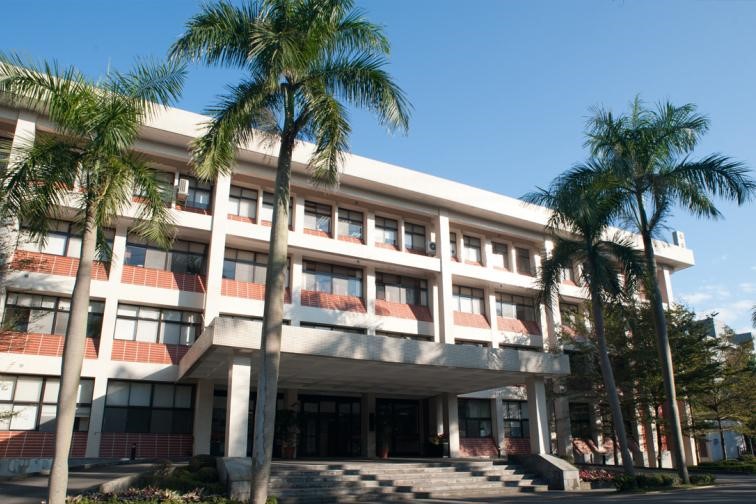
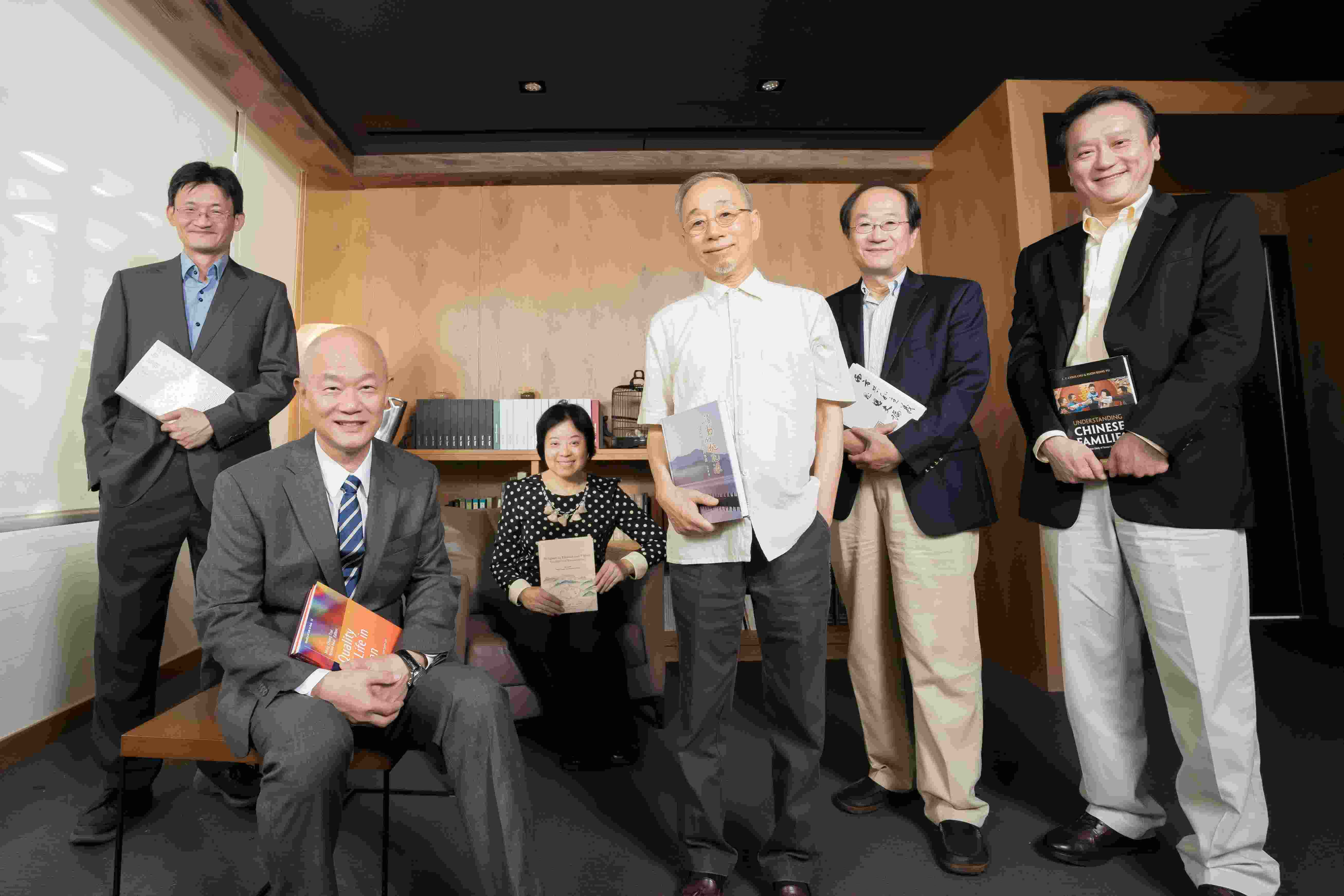



 Home
Home